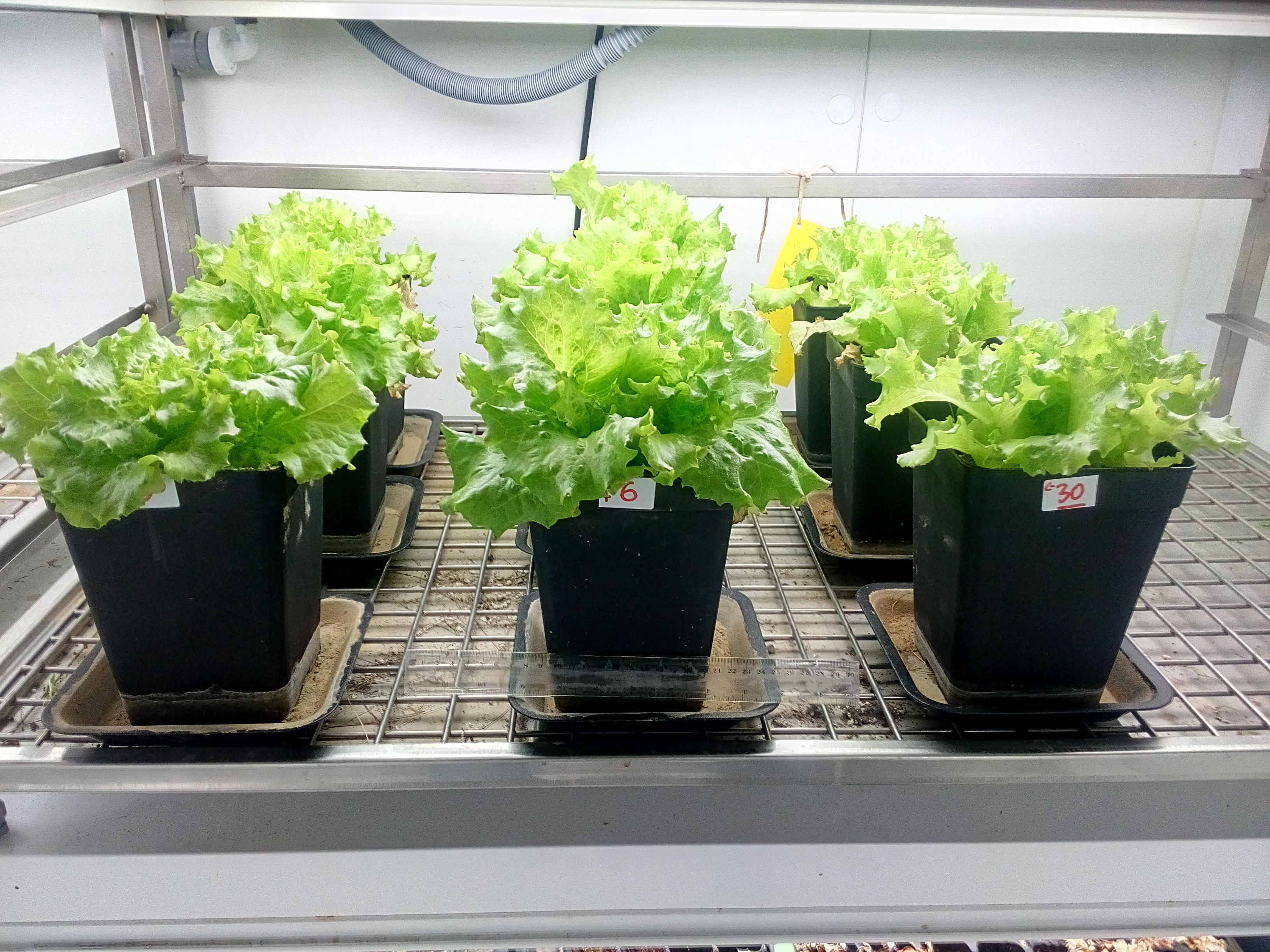Authors: Leire Jauregi, Lur Epelde, Aitor González, José Luis Lavín, Carlos Garbisu
Journal: Environmental Microbiology
https://doi.org/10.1111/1462-2920.15842
In cow farms, the interaction between animal and environmental microbiomes creates hotspots for antibiotic resistance dissemination. A shotgun metagenomic approach was used to survey the resistome risk in five dairy cow farms. To this purpose, 10 environmental compartments were sampled: 3 of them linked to productive cows (fresh slurry, stored slurry, slurry-amended pasture soil); 6 of them to non-productive heifers and dry cows (faeces, fresh manure, aged manure, aged manure-amended orchard soil, vegetables-lettuces and grazed soil); and, finally, unamended control soil. The resistome risk was assessed using MetaCompare, a computational pipeline which scores the resistome risk according to possible links between antibiotic resistance genes (ARGs), mobile genetic elements (MGEs) and human pathogens. The resistome risk decreased from slurry and manure microbiomes to soil and vegetable microbiomes. In total (sum of all the compartments), 18,157 ARGs were detected: 24% related to ansamycins, 21% to multidrugs, 14% to aminoglycosides, 12% to tetracyclines, 9% to β-lactams, and 9% to macrolide–lincosamide–streptogramin B. All but two of the MGE-associated ARGs were only found in the animal dejections (not in soil or vegetable samples). Several ARGs with potential as resistome risk markers (based on their presence in hubs of co-occurrence networks and high dissemination potential) were identified. As a precautionary principle, improved management of livestock dejections is necessary to minimize the risk of antibiotic resistance.




